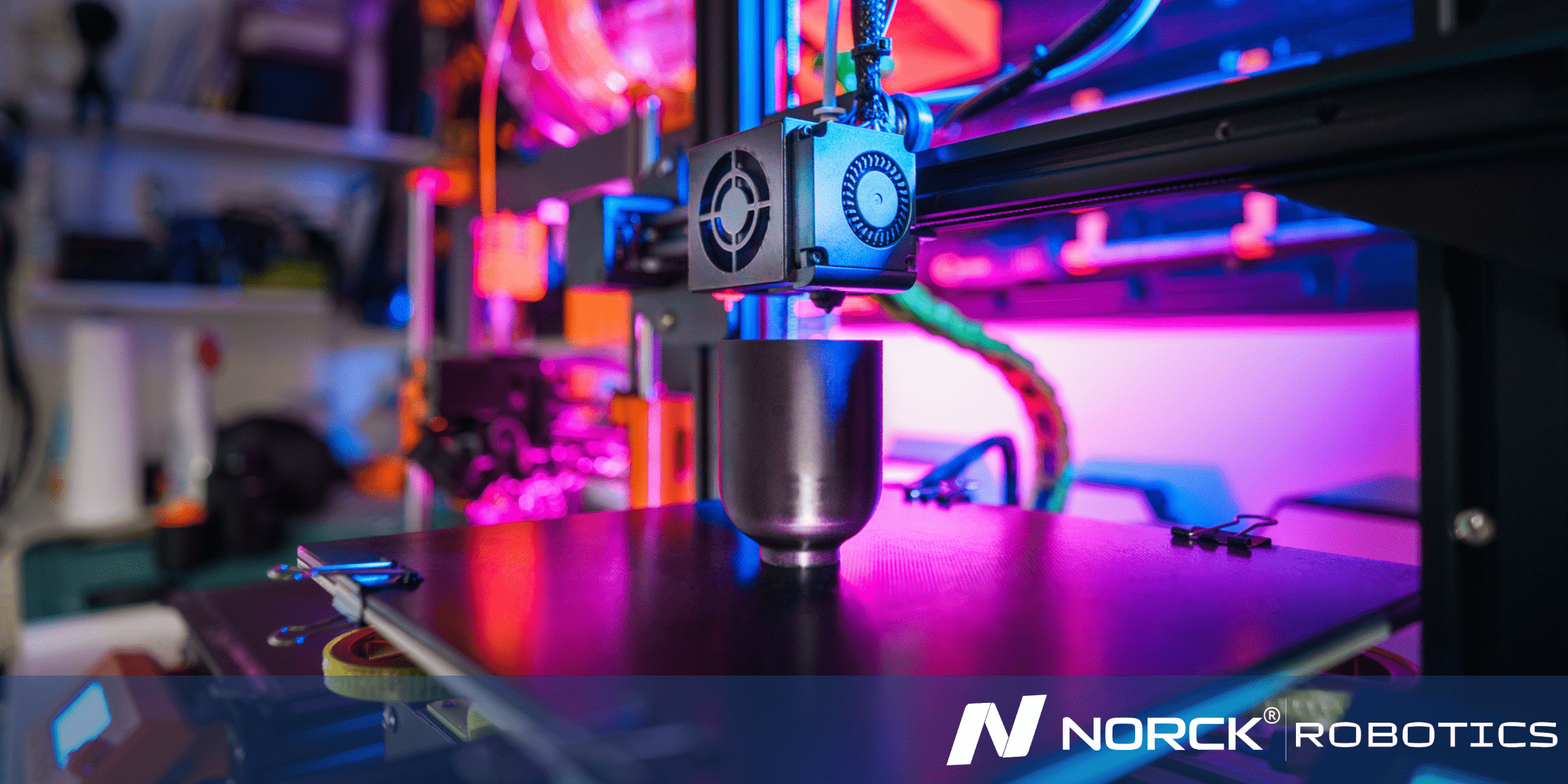
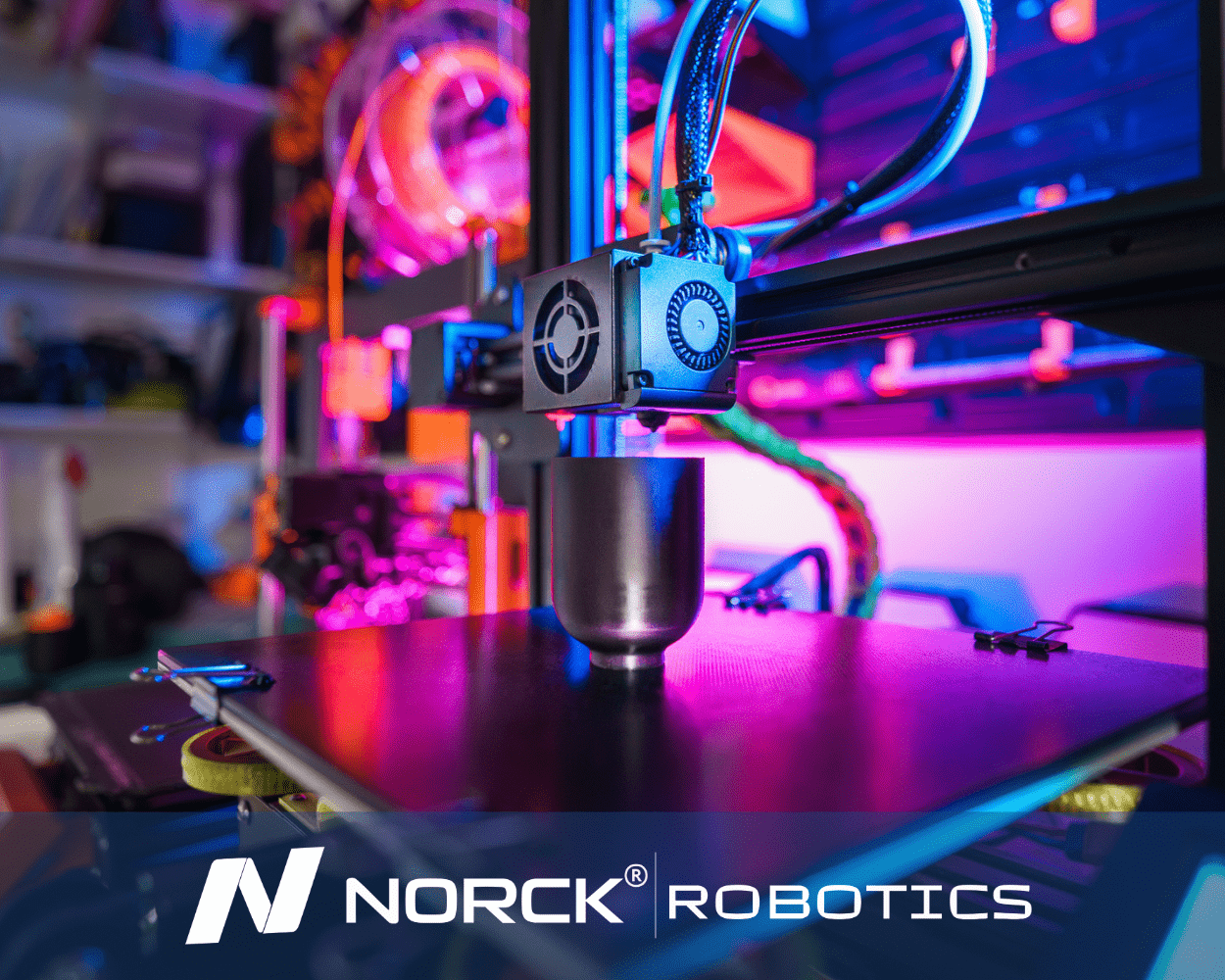
Industrial 3D printing is a transformative manufacturing method that builds parts layer by layer directly from digital models. This approach enables the production of highly complex geometries that would be extremely difficult or impossible to achieve with traditional methods. It also shortens design cycles by allowing rapid iterations and prototypes, reduces tooling costs, and supports both low-volume production and specialized high-performance components. Norck applies these technologies to meet diverse needs across industries, from concept validation to functional end-use parts.
Ready to automate your future? Get a quote from Norck Robotics now!
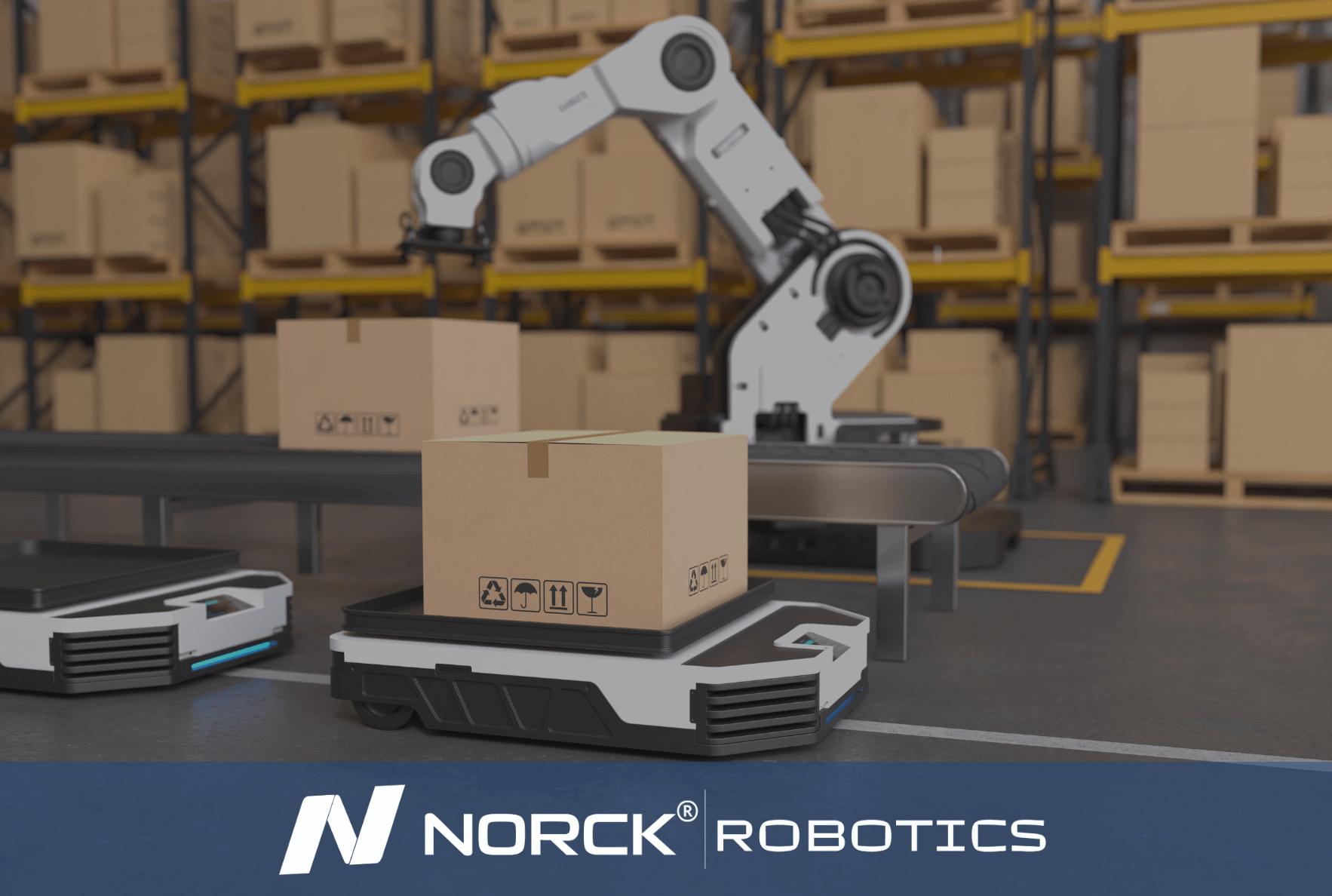
Norck Robotics specializes in providing unique robotic automation and engineering solutions designed to meet the specific operational needs of each client. Our expertise covers a wide range of industries and applications.
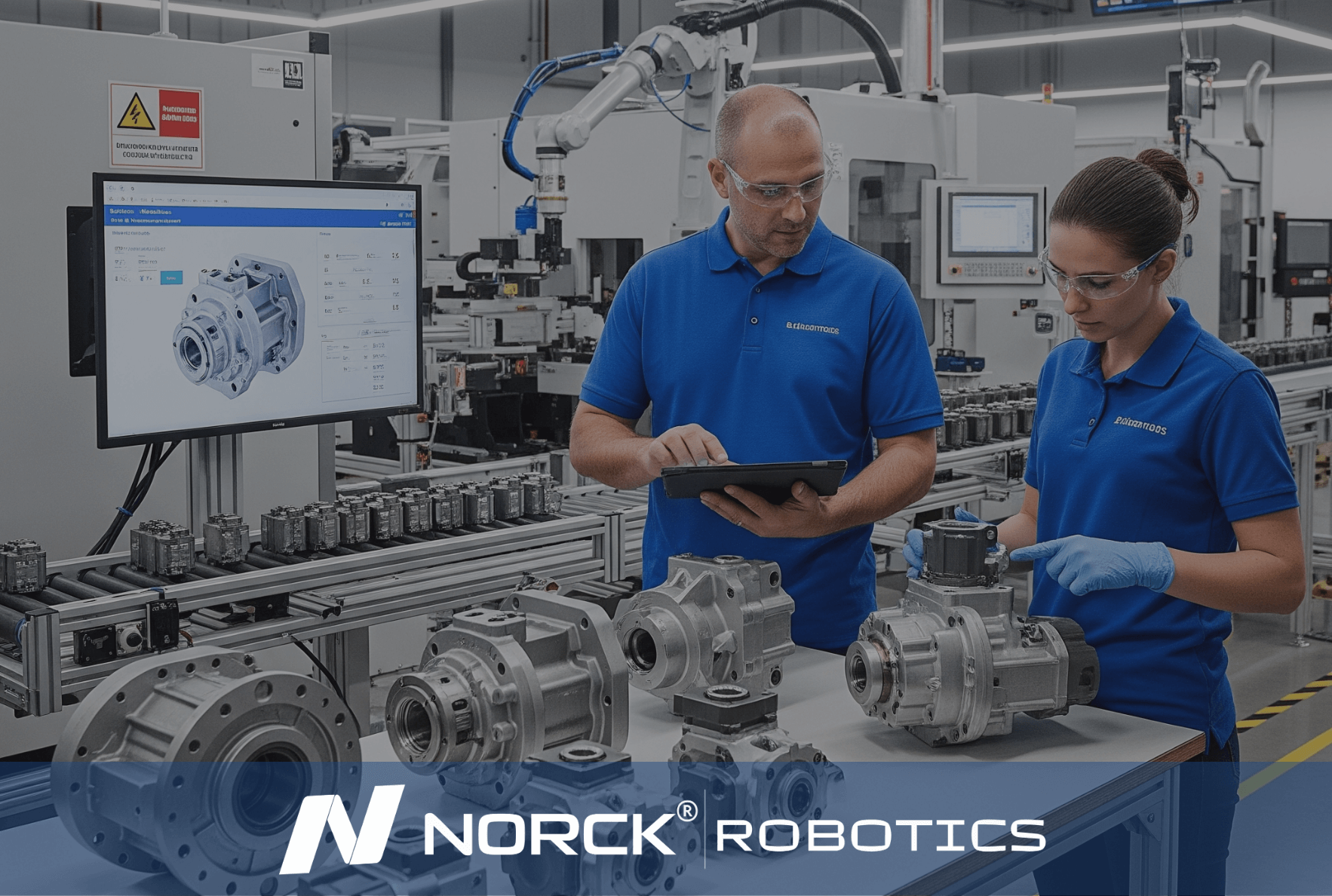
Norck Robotics delivers turnkey robotic automation and engineering solutions tailored to your specific needs across various industries.

Whether you need a single robotic cell prototype or full-scale factory automation, Norck Robotics engineers are ready to collaborate with you to bring your concept to life.
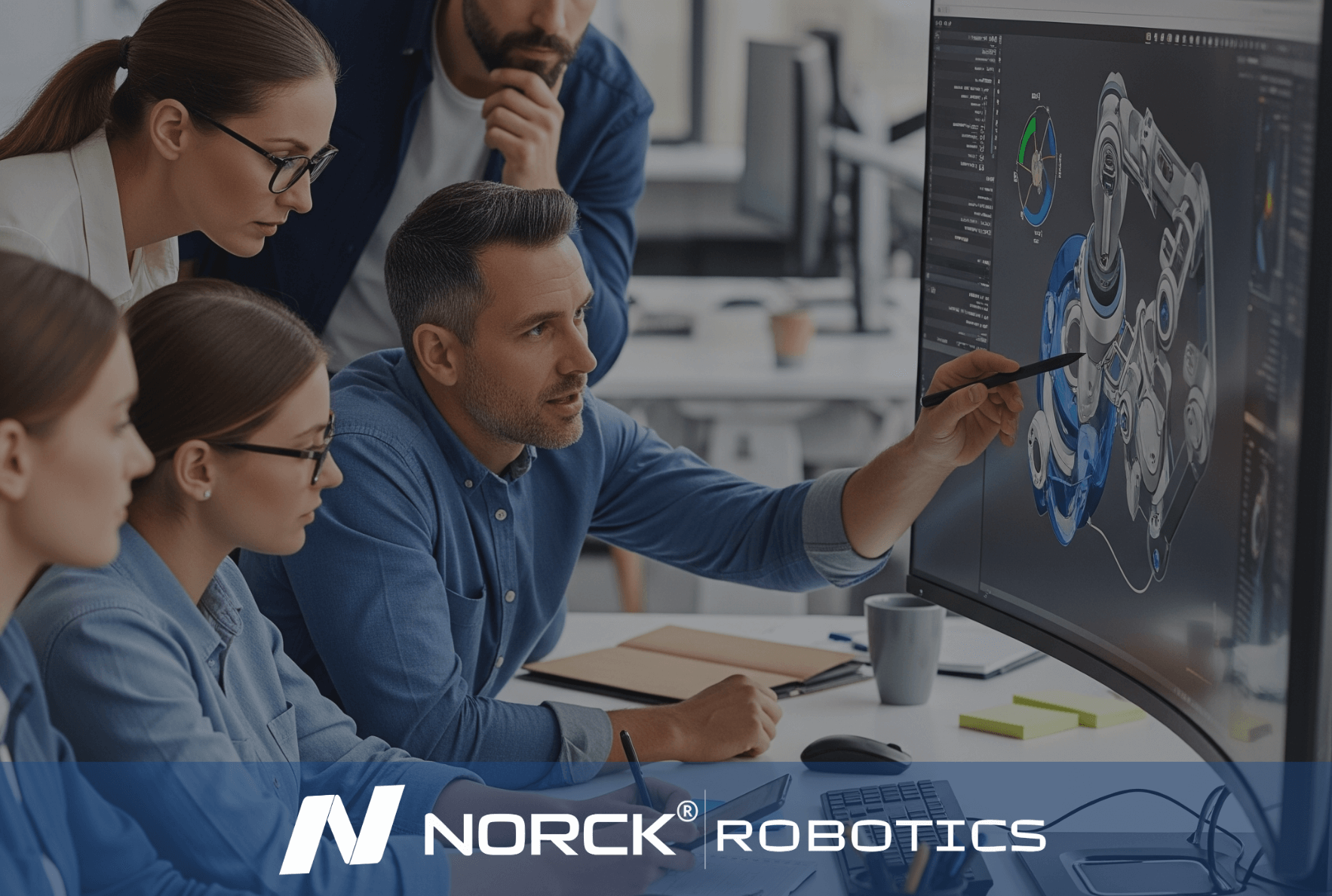
Norck Robotics engineers analyze your existing processes to provide feedback that enhances efficiency, cost-effectiveness, and productivity for robotic integration.
Stereolithography (SLA) is one of the earliest and most precise 3D printing technologies, widely recognized for its ability to produce smooth surfaces and intricate details. It works by curing liquid resin with a focused UV laser, solidifying each thin layer in sequence until the part is complete. The result is a highly detailed model with excellent dimensional accuracy and a premium surface finish. SLA is particularly effective when appearance, accuracy, and fine detail matter most, making it ideal for design validation and customer-facing prototypes.
High resolution, smooth finish, minimal post-processing, supports delicate and complex shapes.
Visual models, form/fit testing, client presentation, early design validation.
Selective Laser Sintering (SLS) is a powder-based technology that creates robust parts by fusing nylon powder with a high-powered laser. Because the powder itself provides natural support during printing, it can produce complex and interlocking geometries without the need for additional supports. SLS nylon parts are strong, flexible, and capable of withstanding demanding mechanical stresses, making them suitable not only for prototypes but also for limited-run production parts. Its versatility and reliability have made it a go-to choice in industries requiring tough functional components.
Tough, impact-resistant, wear and chemical resistant, reliable in demanding conditions.
Functional prototypes, low-volume end-use parts, complex geometries, applications needing durability and flexibility.

In addition to its own expert engineering team, Norck Robotics provides access to a network of hundreds of top-tier system integrators, robot manufacturers, and component suppliers across the United States, Germany, and Europe.

Working with Norck Robotics reduces dependency on manual labor, increases production consistency, and secures your operations against unforeseen disruptions, quality issues, and fluctuations. This enhances your company's supply chain resilience.
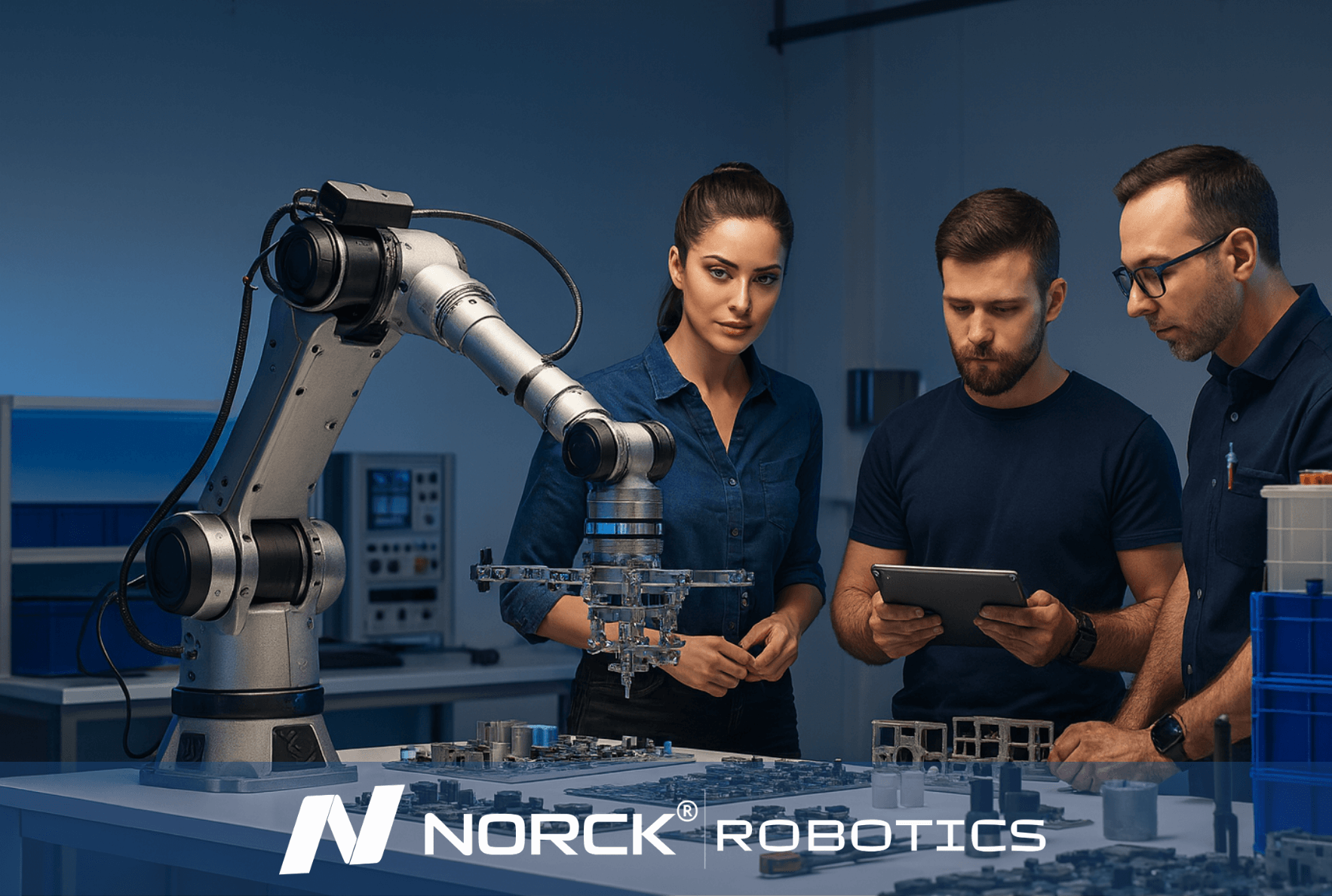
Norck Robotics advances digital automation by developing custom-designed robot grippers, advanced vision systems, and innovative simulation software. With an AI-driven, data-centric approach, it enables smarter system design, optimal performance, and predictive maintenance solutions.
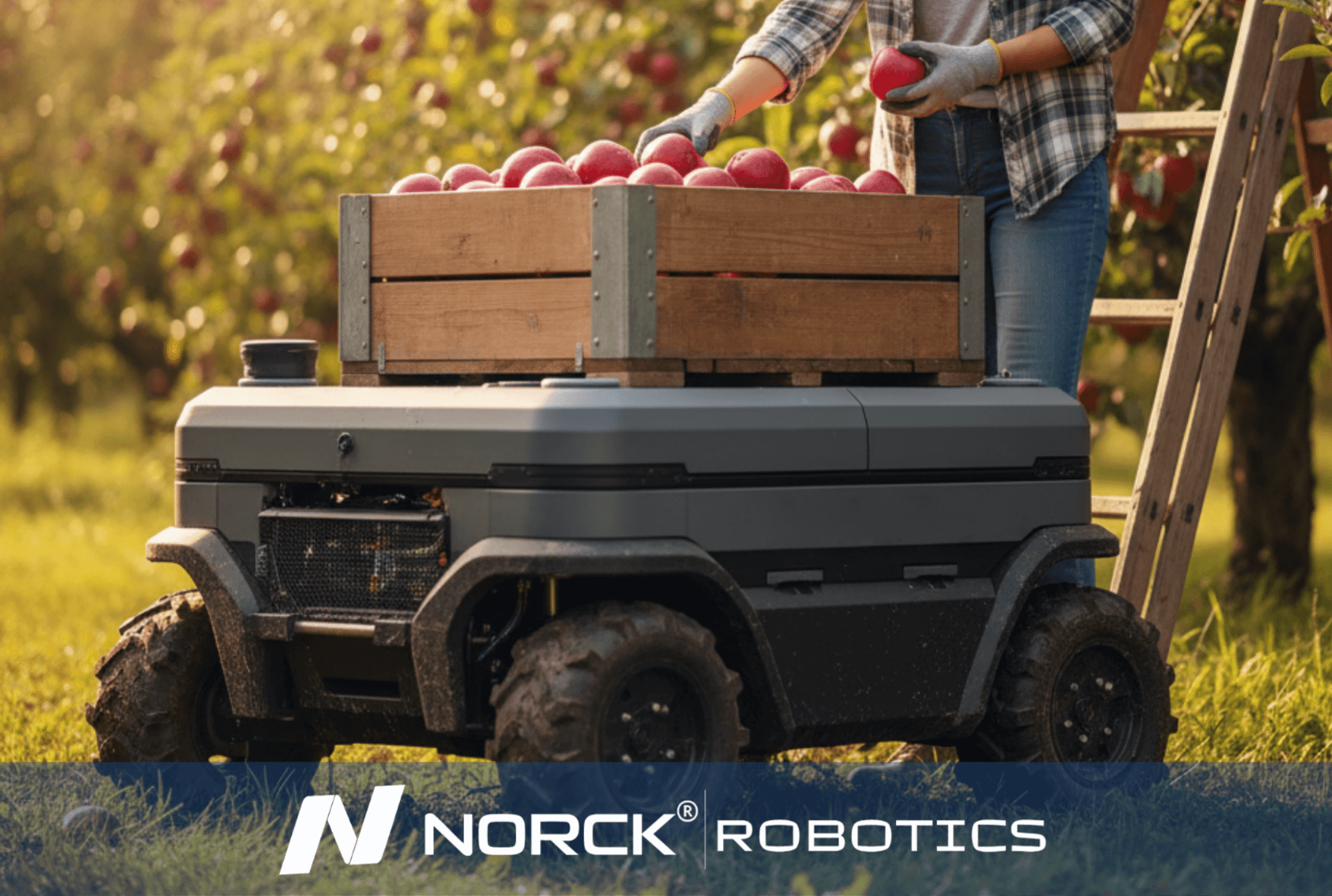
Norck Robotics encourages its partners to be carbon-neutral by reducing energy consumption and material waste through the efficiency of robotic automation, and prioritizes environmentally conscious suppliers.
Fused Deposition Modeling (FDM) is one of the most common and accessible additive manufacturing methods, producing parts by extruding melted thermoplastic filament layer by layer. By using filaments reinforced with chopped carbon fibers, the technology gains a significant upgrade in performance, yielding parts that are far stronger, stiffer, and more dimensionally stable. This makes it an excellent choice when standard plastics are not strong enough, especially in applications where structural integrity and mechanical reliability are critical. It combines the affordability of FDM with the performance benefits of composites.
Higher structural strength, improved stiffness, better load resistance.
Jigs, fixtures, mounts, structural components, functional prototypes requiring strength and rigidity.